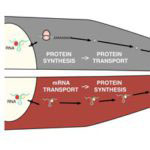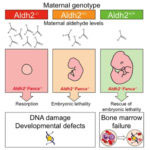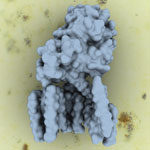
New research from Madan Babu’s group in the LMB’s Structural Studies Division, in collaboration with Toby Gibson from the European Molecular Biology Laboratory in Heidelberg, has shown that the targeted movement of mRNA molecules to allow proteins to be synthesised in specific locations has important implications in cell signalling and development.




